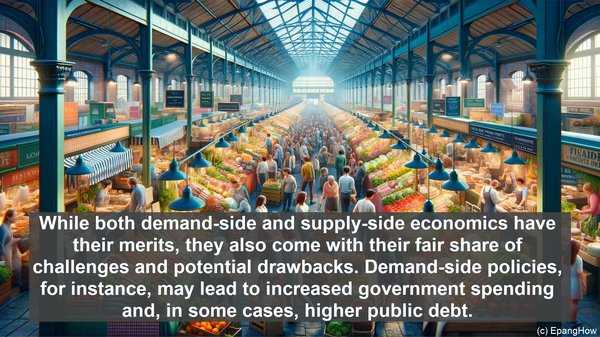Introduction: The Two Pillars of Economic Thought
Hello everyone! Welcome to today’s discussion on the intriguing world of economics. In this article, we’ll be dissecting the key disparities between demand-side economics and supply-side economics. These two schools of thought have shaped economic policies across the globe, often with contrasting approaches. So, let’s dive in!

Demand-Side Economics: The Power of Consumer Spending
Demand-side economics, as the name suggests, places emphasis on the demand side of the economic equation. It posits that the driving force behind economic growth lies in the hands of consumers. The theory suggests that by boosting consumer spending, economic activity can be stimulated, leading to increased production, job creation, and overall prosperity. Policies often associated with demand-side economics include tax cuts for the middle and lower-income groups, increased government spending on public projects, and social welfare programs.

Supply-Side Economics: Fostering Production and Innovation
On the other side of the spectrum, we have supply-side economics. This approach focuses on the supply side of the equation, arguing that by incentivizing producers, economic growth can be achieved. Supply-side economists believe that by reducing taxes on businesses and high-income individuals, they will have more resources to invest, innovate, and expand their operations. This, in turn, is expected to create a ripple effect, leading to job creation and economic expansion. Additionally, supply-side economics emphasizes deregulation and reducing government intervention in the market.
Implications on Stakeholders: A Balancing Act
While both demand-side and supply-side economics have their merits, they also come with their fair share of challenges and potential drawbacks. Demand-side policies, for instance, may lead to increased government spending and, in some cases, higher public debt. On the other hand, supply-side policies, if not regulated effectively, can exacerbate income inequality and potentially lead to market monopolies. Striking the right balance between these two approaches is crucial for policymakers, as it ensures a sustainable and inclusive economic framework.
